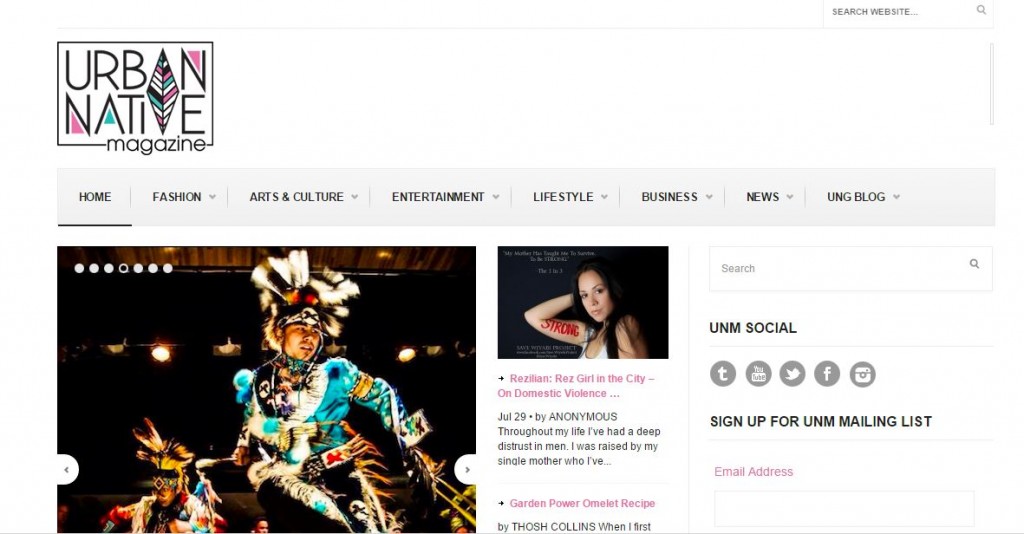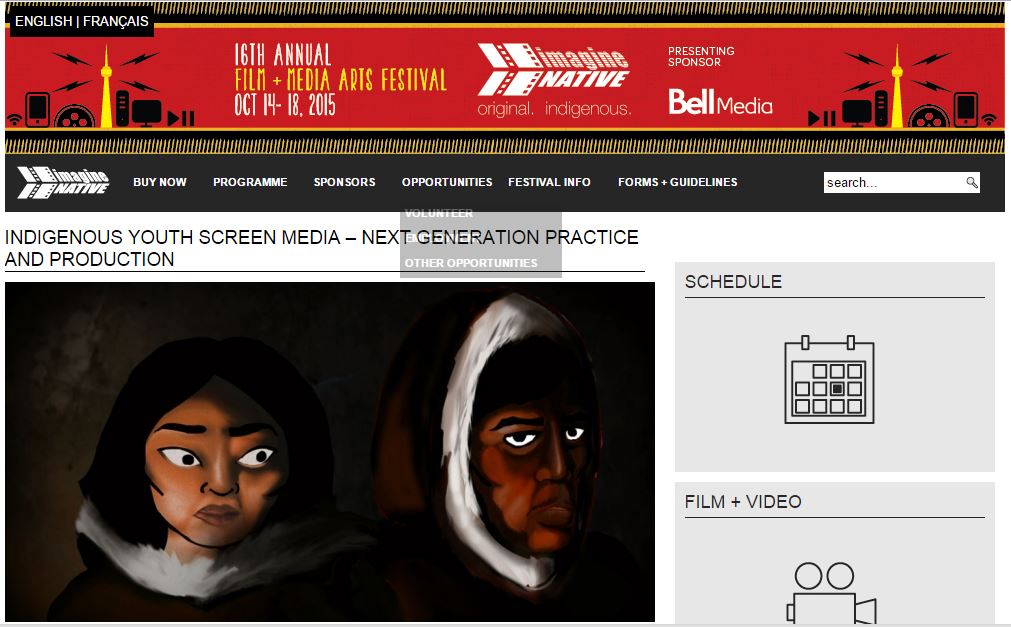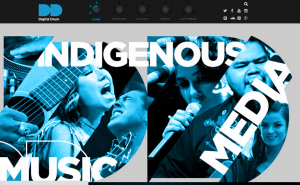In line with our discussions about the ways that Indigenous communities are using technology, I looked at the involvement of Indigenous Peoples in different media programs. I thought that this article was interesting as it talks about some of the challenges and opportunities faced by Indigenous students in journalism school– http://www.macleans.ca/work/jobs/indigenous-students-meet-challenges-of-journalism-school/. A comment in the article from recent graduate Frank Molley is the following; “Being a journalist, not only are you standing up for the people,” he says, “it is also a form of justice.”
It was also great to hear that a report done by an online magazine (http://www.mediaindigena.com/), counted more than 60 working Indigenous Canadian journalists.
First Nations University of Canada is part of the University of Regina. They have a program called INCA (Indian Communication Arts) which has been running for more than 30 years and have produced many quality journalists.. There are some Indigenous students who transition from this program to the University of Regina’s Journalism Program.
Here is the link to a video documentary produced by students from INCA about the First Nations Summer Games 2013– https://www.youtube.com/watch?v=CUIQTH66GfE.
References
Avison, Shannon. 2013 FNSG Legacy. Video documentary produced by students from the Indian Communication Arts (INCA) program at First Nations University in Regina, Saskatchewan, Canada. April 4th, 2015. Retrieved from: https://www.youtube.com/watch?v=CUIQTH66GfE.
Troian, Martha. Indigenous Students Meet Challenges of Journalism School: Aboriginals report racism and discomfort but also support. Maclean’s. June 11, 2013. Retrieved from:http://www.macleans.ca/work/jobs/indigenous-students-meet-challenges-of-journalism-school/




